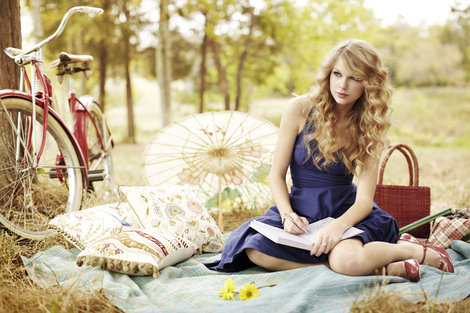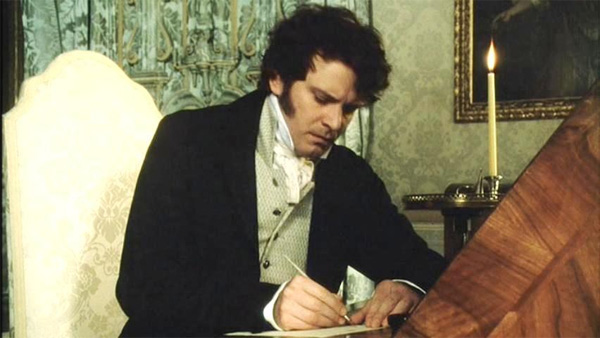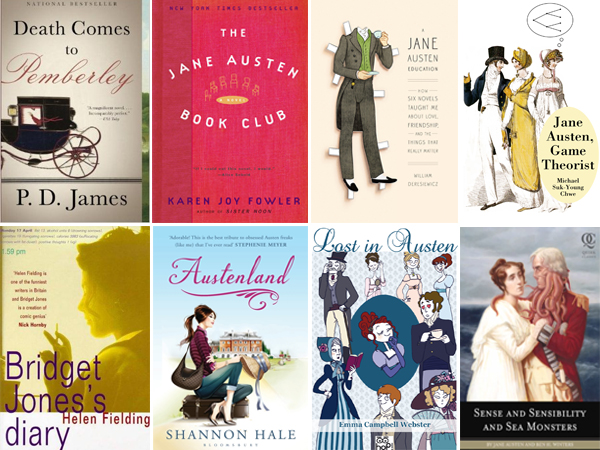How to Write a Letter: Advice from the Jane Austen Handbook
Today, Jane Austen’s Pride & Prejudice celebrates its 200th anniversary.
As Quirk fans know, we sure to do love Jane Austen here at the HQ, what with our mashups like Pride & Prejudice & Zombies and Sense & Sensibility & Sea Monsters. To celebrate, we’ve got some giveaways on our Facebook, the interactive eBook App for Pride & Prejudice & Zombies is free (today’s the last day!), and I’ve got this cute excerpt from the Jane Austen Handbook on letter writing.
Why letter writing?
Letters play an important part in Pride & Prejudice (ie: the letter Darcy writes to Elizabeth and Jane’s letter about Lydia running off with Wichkham) and a lot of other Austen books.
So read on, and learn how to write and prepare a proper, Jane Austen era note. Enjoy!
How to Write a Letter
HENRY TILNEY: “As far as I have had opportunity of judging, it appears to me that the usual style of letter-writing among women is faultless, except in three particulars.”
CATHERINE MORLAND: “And what are they?”
HENRY: “A general deficiency of subject, a total inattention to stops, and a very frequent ignorance of grammar.”
—NORTHANGER ABBEY
The recipient of a letter must pay for its postage based on the weight of the letter and how far it traveled. It is rude to expect someone to pay for extra pages, so confine yourself to one sheet or two at the most. Clever letter writers can keep their letters to one page while still cramming them full of the latest news and gossip.
1. Start with a large sheet of paper. Write the date and your current address at the top of the sheet.
2. Write neatly on one side of the sheet.
3. When the sheet is filled, turn the paper 180 degrees. Continue to write, upside-down, between the lines you wrote previously.

4. Turn the paper 90 degrees in either direction. Continue writing at a right angle across the lines you have already written (Fig. A).
5. Fold the paper into its own envelope. With the blank side underneath (Fig. B), fold in each long side to meet in the middle (Fig. C). (If you have more to say, you can write on the blank flaps as well, but they might be visible to anyone who handles the letter.) Fold the letter up on itself into three or four sections, leaving a little room between the top edge and the uppermost fold (Fig. D). Tuck the bottom flap into the sides of the top flap to make a little package (Fig.E).
6. Seal the letter. Heat a stick of wax over a candle and place a few drops on the flap, pressing down with an embossed seal for a pretty touch (Fig. F ). If you find that method too messy, use a wafer made of flour and gum backed with paper. The waxy side becomes sticky when moistened and makes an excellent seal that will not melt in hot weather.
7. Direct the letter. On the unsealed side, write out the direction (address)—the person’s name (the eldest unmarried daughter’s address is simply Miss Bennet; younger daughters are addressed as Miss Elizabeth Bennet), village, and county (Fig. G). If the address is in London, add the street address, as letters are delivered to one’s house there; in the country one must pick up one’s letters at the village post office. If your letter is being franked (see “Franking,” opposite), leave it blank in case the person doing the franking is particular about directing it himself.
8. Deliver the letter to the post office. Have a servant run the errand, or do it yourself if this is a private communication. NOTE: For invitations and other short notes that will be handcarried by a servant, an elegant little sheet of hot-pressed paper will serve nicely; simply wrap it in a plain sheet of the same paper and seal it.
Eric Smith

ERIC SMITH is the cofounder of Geekadelphia, a popular blog covering all-that-is-geek in the City of Brotherly Love, as well as the Philadelphia Geek Awards, an annual awards show held at the Academy of Natural Sciences. He’s written for the Philadelphia Inquirer, Philadelphia Weekly, and Philly.com


